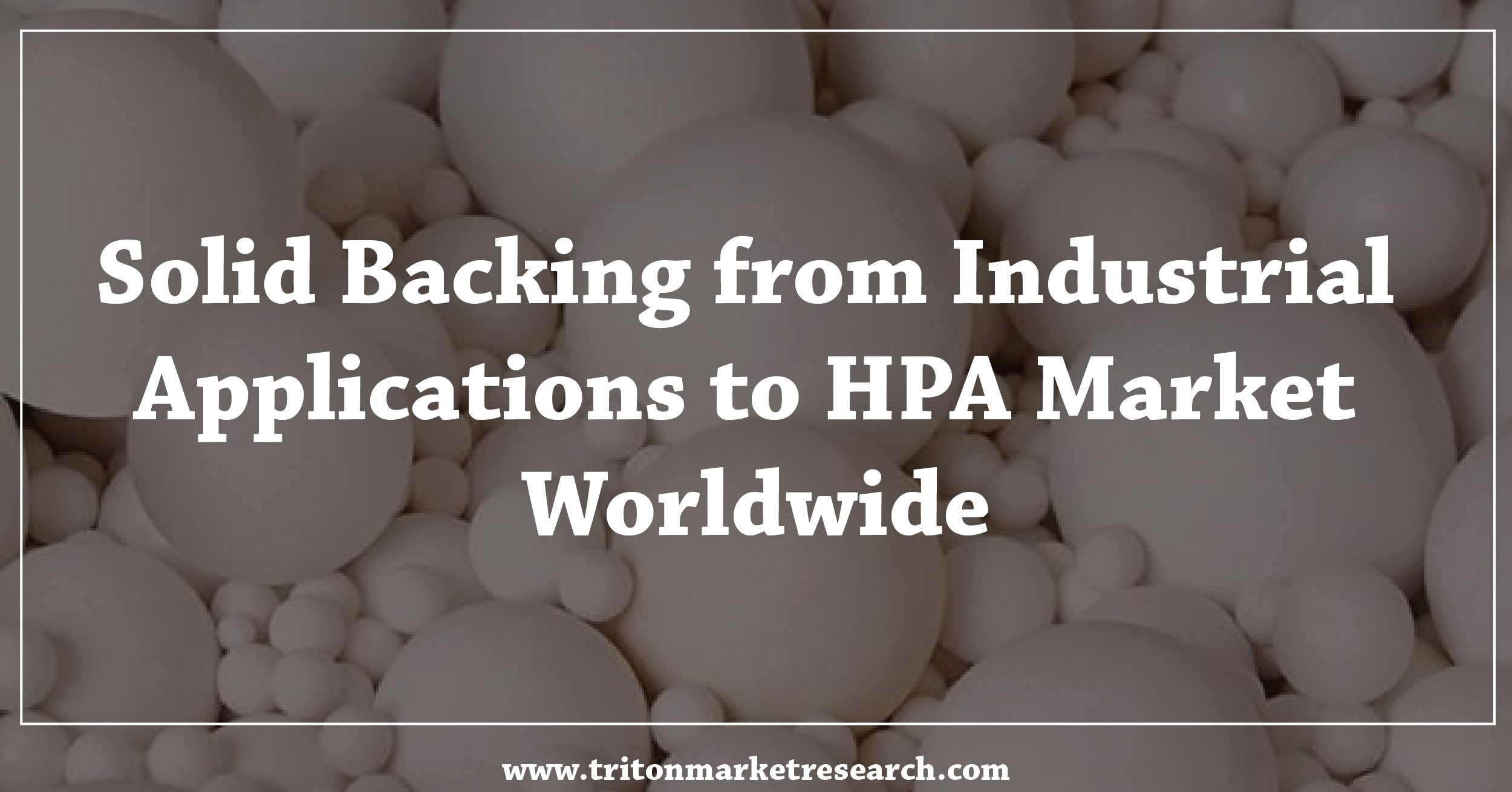



16, June 2021

High purity alumina, a premium product that encompasses 99.99% purity level, has gained a high level of traction across multiple industries. The high-value product has shown promising results in all these applications, from ceramics to sapphire glass to light-emitting diodes.
In the global trade market, high-purity alumina has gained momentum swiftly across North America and the Asia-Pacific region. Considering the use of HPA as a base material to produce sapphire substrates in LEDs, the proliferating semiconductor industry backs the market’s hold in the US and Canada. For instance, earlier, the corporate tax reduction from 35% to 21% significantly increased investments in the semiconductor industry in the US, giving HPA producers a competitive edge over their counterparts.
In the Asia-Pacific region, the application of HPA in electronic products, including smartphones, has surged exponentially in China. Moreover, the Japanese government plans to completely switch to producing LED products by 2030, which will undoubtedly enhance the demand for HPA for sapphire production.
As per our estimates, the global high purity alumina (HPA) market will witness robust growth in value and volume at a CAGR of 16.15% and 16.65%, respectively, between 2021 and 2028.
Due to economic expansion across developing and developed regions, the investments in various end-user industries have intensified in the past few years. For instance, the US government heavily invested in the electric vehicle industry that has significantly increased the demand for battery-based systems, majorly led by lithium-ion batteries containing high-purity alumina. In fact, the UK government pledged around $6 million to advance its research on electric car batteries, which will increase the demand for HPA-induced lithium-ion batteries.
Furthermore, the growing investments in the semiconductor industry are yet another striking step taken across countries, supporting the robust demand for HPA use for semiconductor applications. For example, Infineon Technologies AG, a German semiconductor manufacturer, has commenced bulk production for Easy 1B semiconductor chips.
The stringent environmental laws have amplified the demand for energy-efficient energy bulbs across major countries. Besides, several governments are supporting its adoption over conventional blubs. For example, the Indian government distributed over 210 million bulbs under its UJALA Scheme..
There is a gradual increase in investment by companies in HPA due to the requirement for high-quality products. HPA-driven substrates are the preferred choice for tablets, computers, smartphones, and other electronics. And China and India are deemed to be lucrative markets.
These batteries are considered a major application for HPA, and are gaining popularity in the electric vehicle sector. Growing environmental concerns have compelled governments in countries such as the US, Germany, and China to opt for electric vehicles to reduce emission levels.
In such a scenario, companies like Asahi Kasei Corporation stated their plan to expand the production capacity of lithium-ion battery separators by 20%. Further, an Australian HPA company, FYI Resources, has predicted that by 2025 approximately 75% of separators will use HPA coatings.
Synthetic sapphire is predominantly used to manufacture optical lenses, offering several beneficial properties, including electrical resistance. The rising demand for binoculars and telescopes in the defense and aerospace industries, respectively, fuels the need for synthetic sapphire-based optical lenses.
The combination of high strength and lightness of aluminum has made it ideal for replacing expensive steel in several applications. Other than this, the probability of HPA being frequently recycled has turned it into an eco-friendly product. While high purity alumina has proven to be highly versatile in nature, the scope of its utilization is certainly not thoroughly exhausted. In this constantly evolving digitized world, the advent of smart lighting integrated with AI would help HPA producers to expand their foothold in the market.

Prevalent cases of terrorist attacks in today’s world is increasing the need for severe standards of security for public safety, and the global market for biometric technology scrupulously accommoda..
Prevalent cases of terrorist attacks in today’s world is increasing the need for..